How to Train a Service Dog for Anxiety

* All Sniffspot articles are reviewed by certified trainers for quality, please see bottom of article for details *
If you struggle with depression, panic attacks, or other forms of anxiety, you might have noticed that being around your dog helps you feel more calm. Just spending time with a friend's canine companion—or volunteering at a local shelter or rescue—can have an impact on your mental state. A wide range of people report the soothing effects of petting, playing, or simply sitting in the same room as their pets!
Maybe you’ve wondered what it would take to get an official service dog to help treat your anxiety. (You're in good company: Over 610,000 individuals with disabilities are teamed up with a service dog who helps them navigate public spaces.)
How do you decide if you need a service dog—or if other medical equipment and interventions will fit your lifestyle best? What should you look for in your assistance animal’s temperament? And what's the process to train specific psychiatric tasks to help your anxiety?
Below we break down everything you need to know to get started.
First things first: Do you need a service dog for anxiety?
Anyone with a disability can get a service dog
According to the Americans with Disabilities Act (ADA), anyone in the United States with a diagnosed disability is eligible for a service dog. The organization defines an individual with a disability as “a person who has a physical or mental impairment that substantially limits one or more major life activities.”
Service dogs can change their handlers’ lives
Training and caring for a service dog can come with a variety of financial, logistical, and emotional costs. Because of this, not everyone who lives with a psychiatric or physical disability is the right fit for an assistance animal—but many people are!
Service dogs have helped millions of people with disabilities manage their medical conditions to achieve greater health, confidence, and freedom in their daily lives.
If you:
- have a psychiatric or mental health condition like post traumatic stress disorder or depression, and are
- able to invest the necessary time and energy into caring for a canine
you might be a great candidate for a task-trained service dog.
What is an anxiety service dog?
A service animal is defined as a dog (or, fun fact of the day, miniature horse) that has been individually trained to help their handler navigate the world. They're called "service" animals because they provide services—specific tasks—for their disabled owners as part of larger treatment plans.
Psychiatric service dogs are officially considered “medical equipment." The tasks a service dog performs must be directly related to their handler’s disability in order for them to be protected under the Americans with Disabilities Act.
Because of these stipulations, not all dogs who improve their owners’ quality of life by helping with anxiety symptoms can be considered legal service dogs.
Emotional support animals aren’t service dogs
The ADA says “[we] make a distinction between psychiatric service animals and emotional support animals. If the dog has been trained to sense that an anxiety attack is about to happen and take a specific action to help avoid the attack or lessen its impact, that would qualify as a service animal. However, if the dog’s mere presence provides comfort, that would not be considered a service animal under the ADA.”
What this means is that emotional support, therapy, and companion animals are not protected by the Americans with Disabilities Act. That doesn’t mean they’re not wonderful—they absolutely are! But ESAs and therapy dogs do not have public access rights to visit non-pet-friendly places with their owners, like indoor restaurants and grocery stores. (The only exception is housing: Emotional support animals are allowed to live with their handlers regardless of dog or breed restrictions.)
Emotional support dogs and therapy dogs can become legal service animals if they go through designated task training to help one specific handler, who then becomes a service dog owner. Once their training is complete, they will be welcome in public spaces.
What psychiatric conditions and anxieties can a service dog help with?
Service dogs work alongside individuals living with a huge range of disabilities. There is no single diagnosis or experience they're best for! That said, some common conditions you might train a service animal for are:
- Depression
- Panic attacks
- Generalized anxiety
- Post-traumatic stress disorder (PTSD)
- Obsessive-compulsive disorder (OCD)

Does your dog have the right temperament to be a service dog for anxiety?
This might seem counterintuitive, but it’s actually best if your service dog isn’t naturally worried about your anxiety.
While it can be sweet to watch an animal sense your unease and try to make things better, it can also be a sign that they’re uncomfortable! Your service dog will spend hours each day working for you in a range of environments. You want their tasks to be fun and rewarding—not driven by their own worry.
The best service dog candidates are emotionally stable and nonreactive. They shouldn’t be overwhelmed by your panic attacks—they don't see you as a vulnerable person—and are instead able to eagerly work through a range of situations.
What are common anxiety service dog breeds?
Any dog breed can be a psychiatric service dog. Since these assistance animals provide tasks to help with mental rather than physical health, there are no stipulations about their size (like there might be for service dogs helping with mobility issues—larger breeds are better able to keep their handlers steady on their feet).
Many individuals with disabilities and professional service dog organizations gravitate towards one of the "Fab Four" breeds: Golden Retrievers, Labrador Retrievers, Standard Poodles, and Collies. Others love their German Shepherds (they're known as one of the most versatile dogs for good reason). You should focus more on your service dog candidate's overall temperament than their breed alone. Whether a Bernese Mountain Dog or a Bichon Frise, the right canine companion will be confident, alert, and eager to work with you.
Make sure your dog is prepared for public access rights
Before training your dog to be an anxiety service animal, you need to make sure they’ll be able to handle a variety of public environments in your everyday lives while paying attention to you. While this article dives into task training (how to teach your dog the specific services they’ll need to perform to mitigate your disability) it’s important to build strong public access skills, too.
Service dogs need to be able to:
- Have strong basic obedience skills to set the foundation for proper behavior in public
- Settle for long periods of time in distracting environments
- Walk on a loose leash or in a tight heel, at your side, through crowds
- Ignore other dogs (even when confronted with excessive barking, lunging, or other instigative behavior)
- Leave dropped food, prey, and other temptations alone
- Be so confident they aren’t bothered by things like sirens and machinery (or at bare minimum recover quickly from startling, potentially traumatic events)
- Keep their attention on you, their handler, at all times
You can train these behaviors on your own or reach out to a professional service dog trainer for expert guidance. (Alternatively, you can apply for a facility dog who has been raised and trained by a service dog organization.)
Know that service dogs are expected to handle a lot—and it's normal for some canines to struggle with the pressure. Atlas Assistance Dogs reports that more than half of service dog candidates do not complete their training
Choose what tasks you want your dog to perform
You’ve decided you’re a good fit for a service dog. You understand the importance of your working animal having a stable, solid temperament. Now for the details: Let’s take a look at how to choose the tasks you want your dog to perform and what methods you can use to teach them! Here's to the start of your training journey.
Prioritize what you most need
It’s important to prioritize the services that will have the greatest impact on your life. Everyone’s disability, surrounding environment, and personal preferences differ.
Some common anxiety service dog tasks include:
- Alerting you to an oncoming anxiety attack before it happens by nudging your body, barking, or lying in a specific position
- Preventing self-harm behaviors by pawing or nudging at your own hands
- Providing deep pressure therapy by lying on top of you, a bit like a weighted blanket
- Retrieving objects like medication, water, or your cell phone and bringing them to your hand
- Opening doors and flipping light switches
- Interrupting repetitive behaviors caused by obsessive-compulsive disorder
- Reminding you to take a medication by nudging, pawing, barking, or another signal you’ve chosen
- Circling around you to prevent strangers from approaching ("crowd control")
If you think of something that isn’t on this list, it can still be a valid service animal task so long as it directly mitigates your psychiatric condition or disability.
Train your service dog’s tasks
Once you’ve decided what tasks you want your service dog to learn, it’s time to start teaching them. You’ll need to put in hours of training to polish their skills (or consider sending them to a designated service dog training program).
In the early stages, this process will look a lot like teaching your pet any other basic cue:
- You’ll need a reinforcer (like high value treats or a favorite toy), a reward marker (often a clicker), and some patience.
- You can lure your dog into the correct action, shape, or capture behaviors they’re already offering. For example: Pawing and nudging are great candidates for luring—while barking or retrieving objects might be better taught through shaping or capturing.
- Once your dog can reliably perform the chosen skill, you’ll associate a visual and/or verbal cue (like a hand signal or word) that lets them know it’s time to do the behavior.
Pair your service dog’s tasks with your anxiety symptoms
When your dog consistently does their tasks on your visual or verbal cue, it’s time to associate those behaviors with your anxiety symptoms! It’s great for your pet to be able to listen to what you say—simply having a “nudge” or “light switch” verbal cue can be a great help—but in the middle of a panic attack, you won’t be able to give them direction. It’s important your service dog can act on their own when needed to keep you safe.
This all might sound complicated, but don’t worry. It’s essentially the same process as adding a new verbal cue to a behavior your dog already knows! Instead of associating your dog’s task with a specific word, though, you’re now going to associate it with a certain anxiety symptom.
These symptoms might include:
- Fidgeting (like picking at your hands, face, or other objects)
- Increased heart rate
- Heavy breathing
And so on. Pick the things you struggle with most—through these daily tasks, your service dog will have the biggest impact on your life.
How to associate your anxiety signals with your service dog’s tasks
Follow these steps to pair your new learned behavior stimulus (whatever anxiety symptom you’ve chosen) with your dog’s already-known hand or verbal signal.
- Manifest your chosen anxiety symptom. Some are easy to perform on demand, like fidgeting or heavy breathing. Others, such as an increased heart rate, might require more creativity on your end.
- Pause for just a breath. Then immediately give your visual or verbal cue for the task you want your dog to perform.
- If your dog responds, mark and reward them with treats or a toy!
- Repeat this several times. Keep your sessions short and upbeat.
- Eventually your dog should start to perform their service at the onset of your anxiety symptom instead of waiting for the visual or verbal signal.

Practice and proof in a variety of environments
Dogs often struggle to generalize behaviors. This means they might be able to follow cues in a familiar environment but still struggle to perform out and about.
Since your service dog needs to work in every environment you visit, however, it’s imperative that you spend time proofing their variety of tasks. Here are some tips:
- The first time you ask your service dog to perform a task in a new context, take a few steps back in your training process to make it easier for them. Use your hand signal (or even your lure) along with your verbal cue to set them up for success.
- Make things more difficult slowly so your dog doesn’t get discouraged. You want to end your training sessions on a positive note, not with frustration!
- Make sure you always use the same visual, verbal cues, and anxiety symptom cues.
- Be aware of other subtle body movements that might confuse your dog, especially in the early stages of training.
- Video your sessions so you can evaluate your marker and reward timing.
- Make sure you aren’t asking your dog to perform in unfamiliar environments or situations before they’re ready.
When in doubt, seek professional training guidance!
Service dog training can be overwhelming, especially if you’re trying to do it all on your own. Feeling stuck? Not sure how to troubleshoot new issues that are cropping up? Don’t worry: A professional trainer can make a world of difference!
Some canine professionals and training organizations even specialize in assistance animals. Many of these coaches are also service dog owners themselves, so they understand details from both a trainer and handler perspective. That means they can provide feedback on everything from public access behavior to specific tasks!
Professional training lessons can get expensive—but it’s a worthy investment to make sure your service dog is ready to act as medical equipment out in the world. If the cost of in-person private training is prohibitive, you might consider group classes, virtual sessions, or online content as well.
Trainer Review of this Article
There is so much misinformation out there, we want to make sure we only provide the highest quality information to our community. We have all of our articles reviewed by qualified, positive-only trainers.
This is the trainer that reviewed this article:
Brittany L. Fulton, CTC
Founder and Trainer, Dances with Dogs, Silver Spring, MD, www.dancesdogs.com - Certified in Training and Counseling (CTC), The Academy for Dog Trainers
Most recent articles

Explore the Australian Shepherd: Genuine Tips from 9,000+ Owners
Discover the Australian Shepherd, a breed celebrated for its trainable, playful, and affectionate nature. Considered a medium dog, Australian Shepherds were originally bred in United States for herding, beginning in 1950s.

Explore the American Staffordshire Terrier: Genuine Tips from 9,000+ Owners
Discover the American Staffordshire Terrier, a breed celebrated for its playful, friendly, and loyal nature. Considered a medium dog, American Staffordshire Terriers were originally bred in United Kingdom for baiting bulls, fighting, and hunting, beginning in 1800s — though they're known as gentle, playful lovers today.

Explore the Golden Retriever: Genuine Tips from 9,000+ Owners
Discover the Golden Retriever, a breed celebrated for its affectionate, playful, and trainable nature. Considered a large dog, Golden Retrievers were originally bred in Scotland for hunting and retrieving game, beginning in 1860s.

Explore the Labrador Retriever: Real Tips from Owners
Discover the Labrador Retriever, a breed celebrated for its playful nature, affectionate temperament, and trainability. Labradors are known for their friendly demeanor and adaptability, making them perfect family companions and versatile working dogs.

Explore the German Shepherd Dog: Genuine Tips from Owners
Discover the German Shepherd Dog, a breed celebrated for its intelligence, loyalty, and versatility. Known for its impressive size and smooth, graceful movements, German Shepherds excel in various roles, including as guide, therapy, bomb detection and police dogs, while being a devoted family companion.

The Best United States Dog Parks
Looking for the perfect place to play with your dog? We’ve got you covered!
Related articles
Top dog guides per area
Dog training guides

How to Deal With Food Aggression in Dogs (Facts + Infographic)
Does your dog ever growl when you walk by their food dish? Maybe they get possessive of treats, carrying them far away and giving you side-eye when you start to approach — or snarling at your other pets or children if they get too close.

Comprehensive Guide to Scent Training for Dogs (Facts + Infographic)
As almost every dog owner is aware, the nose of a dog is an amazing thing. Just as they can pick up sounds we can’t hear, their sense of smell and ability to pick up scents is well beyond ours. In fact, dogs have 40 times the number of olfactory receptors as humans.

How Much Does it Cost to Train a Service Dog?
More than 80 million Americans rely on their service dogs to help them navigate the world. Task-trained assistance animals perform a huge range of life-changing—in many cases, life-saving—services: These dogs act as eyes for visually impaired handlers, provide mobility support, alert to seizures and blood sugar crashes, interrupt anxiety attacks, remind their people to take medications, and so much more.

What is and How to Handle Potty Training Regression
You thought your dog was house trained. Your home was clean from puddles of pee, those dreaded middle-of-the-night bathroom breaks were behind you, and you loved every minute of dog ownership… until your four-legged best friend started using the bathroom inside again. What’s going on?

Coprophagia: Why Does Your Dog Eat Poop?
Ah, poop. We humans think it’s disgusting… but many of our dogs seem to love the stuff. If you’re wondering why your canine companion tries to eat feces (either their own or that of other animals) you’re not alone!
Dog enrichment guides

The Best Dog Water Parks in the United States
Do you have a water-loving dog looking to burn some energy? There are countless dog parks to visit throughout our country — but some of them become far too hot in the midday sun to be safe for your pets to play. That’s why we’ve put together a list of some of the best dog water parks throughout the United States! At these locations, your pup can frolic, splash, and swim to their heart’s content.

Best Toys for Herding Dogs
* All Sniffspot articles are reviewed by certified trainers for quality, please see bottom of article for details *

The Best Dog Toys for Aggressive Chewers (Facts + Infographic)
Does your dog destroy every toy you give them? Is your house littered with remnants of fabric and stuffing of all different sizes? Are you tired of investing in “indestructible” toys only for your pup to still dismantle—or worse, get bored of—them in just a few days?

Dog Exercise Calculator: How Much Exercise Does Your Dog Need?
You’ve been told your dog needs regular exercise. There’s a reason “walking the dog” is a classic daily activity: Frequent excursions give your pup a chance to experience the world, maintain a healthy weight, and — most importantly — spend time with you! Consistent physical activity can also improve their strength, muscle tone, coordination, and mental ability over time.

Complete Guide To Herding With Dogs
* All Sniffspot articles are reviewed by certified trainers for quality, please see bottom of article for details *
Dog reactivity guides

Rottweiler Aggression: Signs, Causes, and How to Handle It
Many dogs have gotten a bad reputation over the years for being "dangerous breeds." Rottweilers are among them. Like pit bulls and other large, blocky-headed types of dogs, these powerful and beautiful animals are often assumed to be aggressive.

Dog Reactivity Chart: Understand and Fix Dog Reactivity
Your dog is reactive. They’ll see another dog, person, or other stimulus in the environment (like a car or bike) while out on a walk and suddenly go crazy at the end of their leash. The barking, lunging, and growling feels embarrassing for you — and it’s clear that your pup isn’t having a great time either.

How to Socialize Your Reactive Dog
Does your dog display reactivity to other pets or people? Maybe they’re a new rescue pup and are still settling into your home. Or they were sick growing up, so you missed their critical socialization period. Possibly they’ve had a bad experience after being raised as a normal puppy.

Definitive Guide: What is Dog Reactivity?
Do you have a reactive dog or suspect you may have one? You’re not alone!

How to Deal With Food Aggression in Dogs (Facts + Infographic)
Does your dog ever growl when you walk by their food dish? Maybe they get possessive of treats, carrying them far away and giving you side-eye when you start to approach — or snarling at your other pets or children if they get too close.
Sniffspot community guides

The State of Public Dog Parks Across the United States
From 2009 to 2020, there was a 40 percent increase in the development of public dog parks. Designated spots for canine exercise have become commonplace in every major city in North America — many pet owners won’t even consider renting an apartment that doesn’t have its own fenced-in pet area for their canine companions.

How This Family is Affording Their Dream Property Through Renting it Hourly to Dogs
Thousand Oaks, California has been a safe haven for Sniffspot host, Jen, since childhood. Having grown up in busy Santa Barbara, Jen, an introvert from an early age, would seek out solitude and serenity away from tourists attractions and droves of people visiting from elsewhere. “My grandparents own 60 acres about a 30 minute drive from here, and I grew up spending every summer and every holiday visiting them on the ranch,” Jen explained. “In Santa Barbara, we wouldn't go to the beach on the weekend because that's where everybody was, so you'd find places off the beaten path where the tourists weren't. For me, the ranch was just my happy place.”

Host Tips: Ellen K. What Makes Sniffspot Successful for Me
Ellen is the host of Country Pasture Getaway, one of Sniffspot's most popular sniff spots. She has taken the time to write up the lessons she has learned about how to be a great sniff spot host.

How this Oregon Farmer is Making a Business From Renting Her Land to Dogs
Just 20 minutes outside of the busy city of Portland, Oregon, and settled right on the banks of the Columbia River, you’ll find what countless visitors have flocked to the area in search of – mountain views, crisp, clean air, and running water for miles. What you might not expect to find, however, is a hidden oasis designed just for dogs and their people, owned and operated by a farming couple and enjoyed by visitors on two legs, and four.

Host Tips: Fran T. Providing Great Guest Service at our Spot
Fran is the host of Ranch Setting, one of Sniffspot's most popular spots. She has taken the time to write up the lessons she has learned about how to be a great Sniffspot host.
Top dog trainers in the US

The Best Dog Trainers in the United States of 2024
This is a list of the top dog trainers in the United States, based on votes from the Sniffspot community and the general public.
The Best Dog Trainers in Seattle, WA of 2024
This is a list of the top dog trainers in Seattle, WA, based on votes from the Sniffspot community and the general public.
The Best Dog Trainers in Portland, OR of 2024
This is a list of the top dog trainers in Portland, OR, based on votes from the Sniffspot community and the general public.
The Best Dog Trainers in Los Angeles, CA of 2024
This is a list of the top dog trainers in Los Angeles, CA, based on votes from the Sniffspot community and the general public.
The Best Dog Trainers in New York, NY of 2024
This is a list of the top dog trainers in New York, NY, based on votes from the Sniffspot community and the general public.
City dog parks guides

The Best Indoor Dog Parks in the United States
Looking for a space to play with your dog no matter what the weather’s like outside? Look no further than our list of the best indoor dog parks in the United States! These climate-controlled spaces are growing in popularity as pet ownership increases throughout the country. As a bonus, many of them also offer dog training, boarding, grooming, or daycare services on the premises.

The Best Off-Leash Dog Parks in the United States
Looking for the perfect place to play with your dog? We’ve got you covered! It’s hard to narrow down, but we’ve put together some of the best off-leash dog parks throughout the country so you can plan your next adventure — along with a checklist of what to bring, what to know beforehand, and some frequently asked questions.

The Best Las Vegas, Nevada Dog Parks
Looking for the perfect place to play with your dog in Las Vegas? We’ve got you covered! Take a look at the best local dog parks to plan for your next adventure in Sin City.

The Best United States Dog Parks
Looking for the perfect place to play with your dog? We’ve got you covered!

The Best Portland, Oregon Dog Parks
Looking for the perfect place to play with your dog in Portland? We’ve got you covered! Take a look at the best local dog parks and plan for your next adventure in the City of Roses.
Top dog names in the US
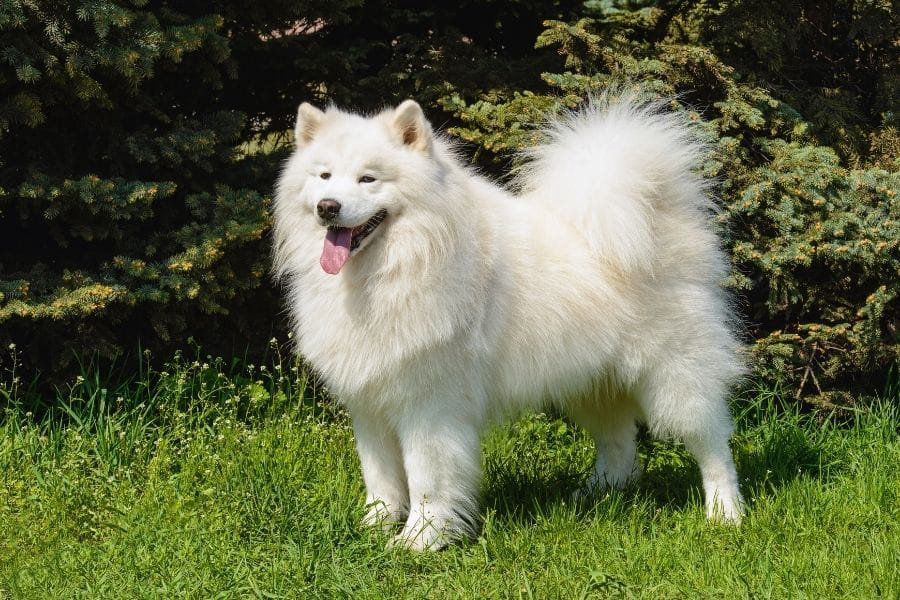
Top 1,000 Most Popular Dog Names
Looking for the perfect dog name for your new pup? We have created filterable lists of dog names from our database of hundreds of thousands of Sniffspot users. You can filter by gender, breed and state to find the most cute, unique and creative dog names.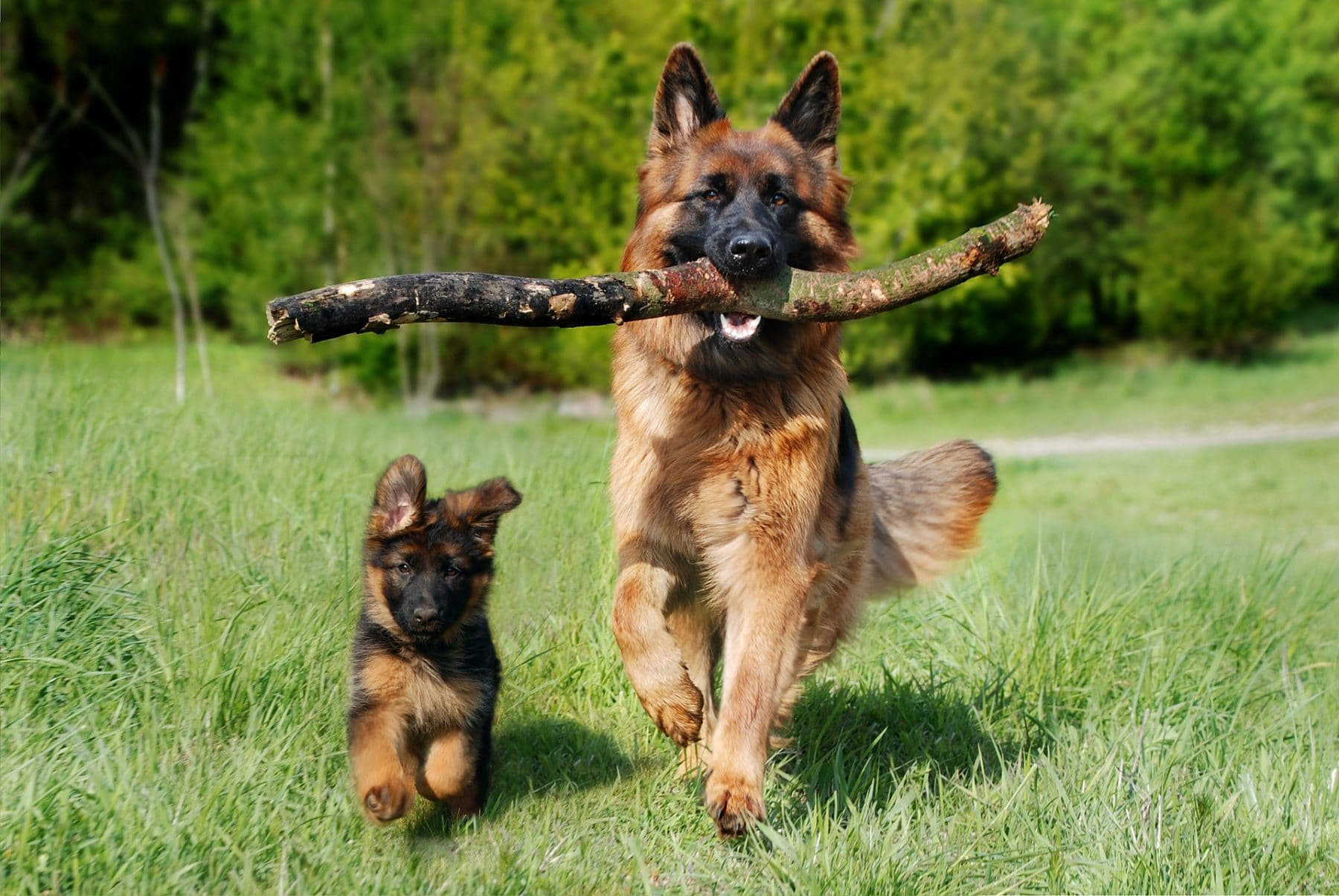
Most Popular Male Dog Names
Looking for the perfect dog name for your new male pup? We have created filterable lists of male dog names from our database of hundreds of thousands of Sniffspot users. You can filter by gender, breed and state to find the most cute, unique and creative male dog names.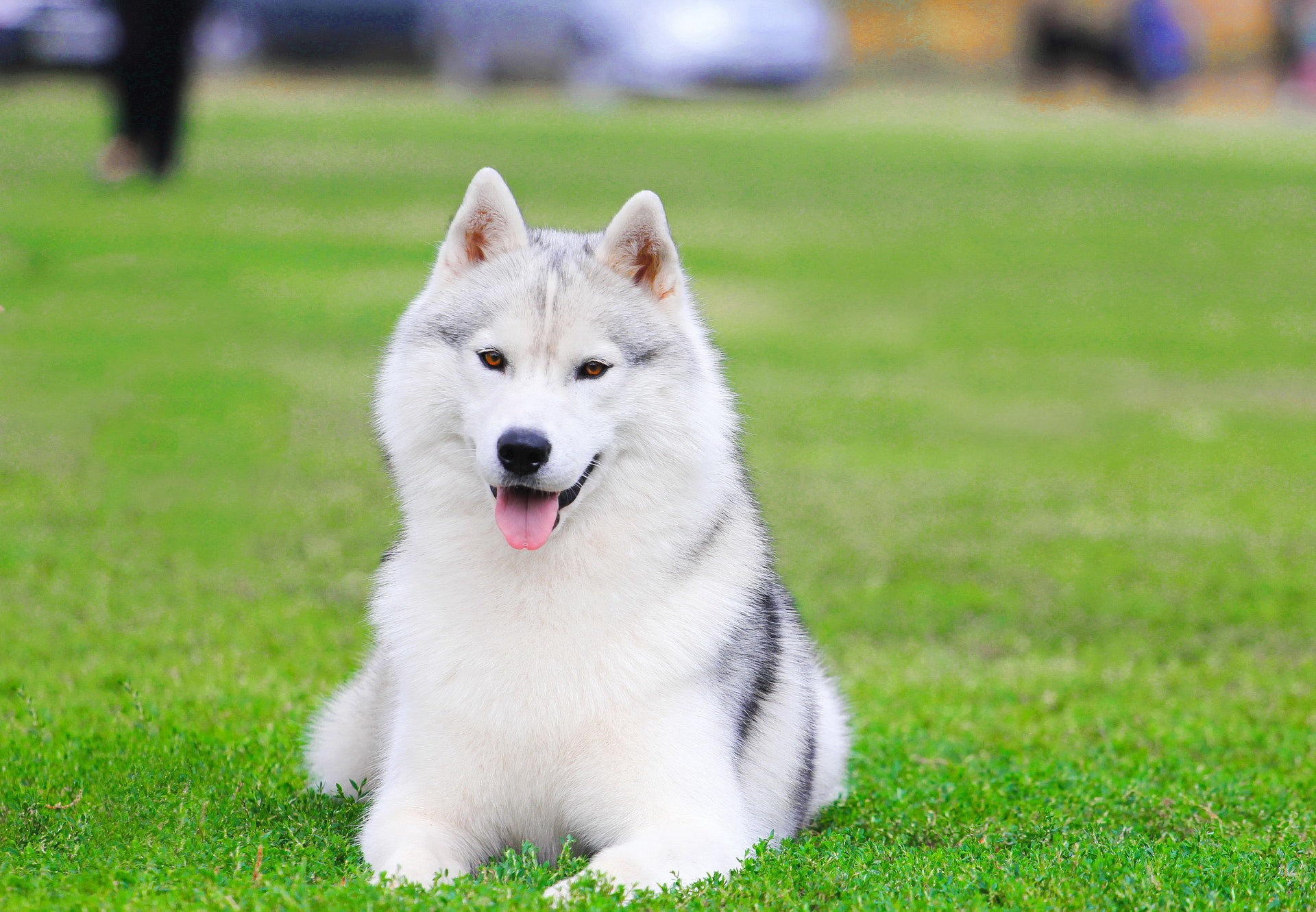
Most Popular Female Dog Names
Looking for the perfect dog name for your new female pup? We have created filterable lists of female dog names from our database of hundreds of thousands of Sniffspot users. You can filter by gender, breed and state to find the most cute, unique and creative female dog names.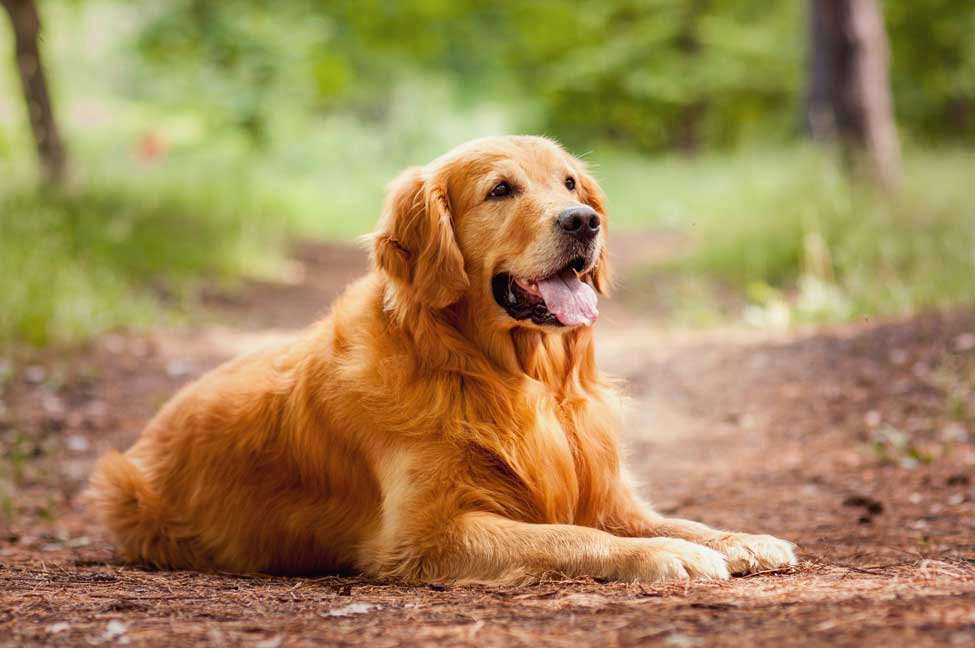
Most Popular Golden Retriever Names
Welcome to our comprehensive list of Golden Retriever dog names, curated from our vast database of Sniffspot users. Filter through hundreds of thousands of options by gender, breed, and state to discover the most adorable, original, and imaginative names for your beloved Golden Retriever.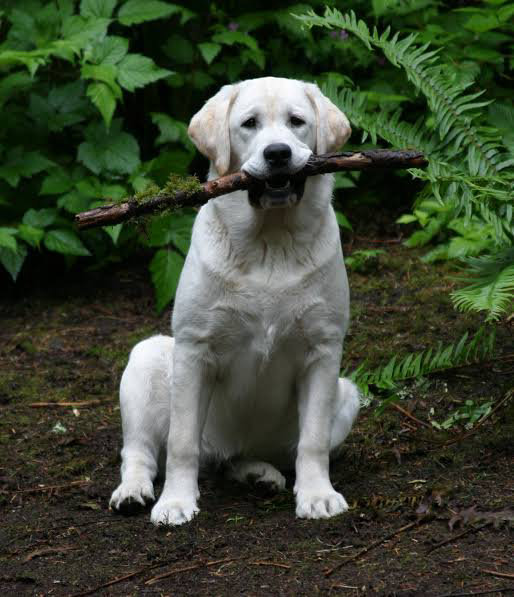
Most Popular Labrador Retriever Names
Welcome to our Labrador Retriever dog names page! Here you can browse through filterable lists of names for your beloved furry friend, ranging from cute and classic to unique and creative options. Our database of hundreds of thousands of Sniffspot users ensures you'll find the perfect name for your Labrador Retriever, whether you're seeking a name for a male or female, based on breed or state.
Top dog rescues in the US

The Best Washington Dog Rescues & Shelters in 2024
This list showcases the top dog rescues & shelters in Washington. These remarkable organizations have been recognized for their unwavering dedication to the well-being of countless dogs.
The Best Oregon Dog Rescues & Shelters in 2024
This list showcases the top dog rescues & shelters in Oregon. These remarkable organizations have been recognized for their unwavering dedication to the well-being of countless dogs.
The Best California Dog Rescues & Shelters in 2024
This list showcases the top dog rescues & shelters in California. These remarkable organizations have been recognized for their unwavering dedication to the well-being of countless dogs.
The Best Florida Dog Rescues & Shelters in 2024
This list showcases the top dog rescues & shelters in Florida. These remarkable organizations have been recognized for their unwavering dedication to the well-being of countless dogs.
The Best New York Dog Rescues & Shelters in 2024
This list showcases the top dog rescues & shelters in New York. These remarkable organizations have been recognized for their unwavering dedication to the well-being of countless dogs.





















